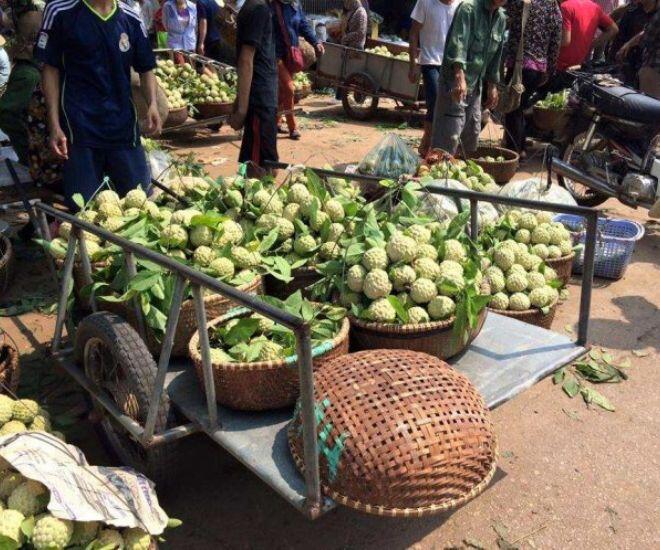
Nestled along National Highway 1A, about 35km from Lang Son city, is the bustling Dong Bang persimmon market in Chi Lang district. This vibrant marketplace serves as the largest gathering point for persimmon traders in the entire Northern region. It is the go-to destination for persimmons sourced from nearby areas such as Cai Kinh, Huu Lung, and Hoa Loc, but the majority of the fruit still comes from the local growers in Chi Lang – the birthplace of the renowned Lang Son persimmon.
The market comes alive in mid-July and continues buzzing with activity until the end of the harvest season. Each day, as early as 4 am, a flurry of people and vehicles descend upon the market. Tricycles, motorbikes, and small trucks loaded with carefully packaged persimmons make their way into the bustling marketplace. The anticipation of a bountiful harvest is reflected in the hopeful eyes and smiles of the local growers.
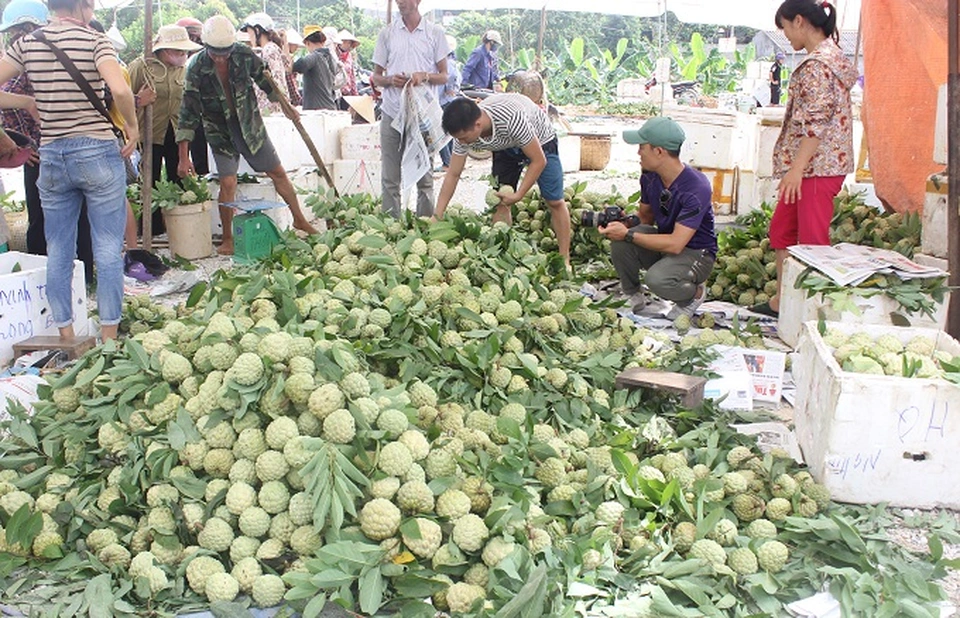
The market is at its liveliest in the morning, buzzing with activity until around 11 am. Traders from far and wide flock to this hub to collect, sort, and pack the persimmons for distribution across various provinces and even for export to China through the nearby Dong Dang border gate.
Prior to 2021, the Dong Bang persimmon market operated along both sides of National Highway 1A, causing significant disruptions to traffic and road safety. To address this issue, the Chi Lang District People’s Committee took the initiative to allocate and develop a dedicated area spanning about 1 hectare specifically for persimmon trading. This change not only helped maintain order but also contributed to the professionalization of agricultural trade in the region.
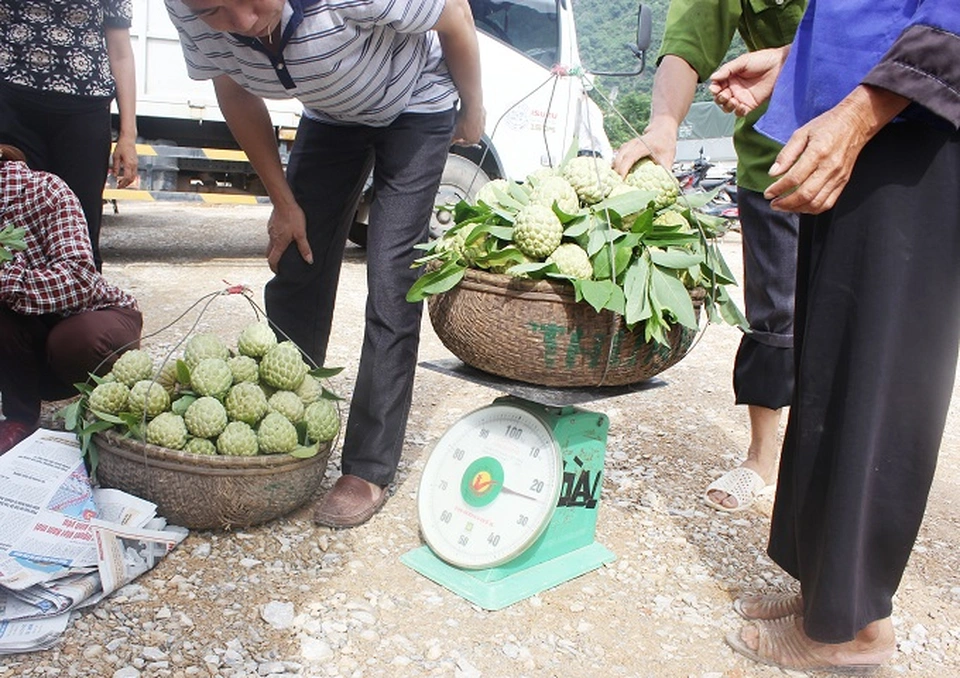
The new market area is well-equipped with tent canopies, parking spaces, and clear traffic routing, ensuring all the necessary conditions for the smooth transportation, preservation, and trading of agricultural produce. As a result, the procurement process has become more convenient and transparent, ultimately enhancing the commercial value of Chi Lang persimmons in the market.
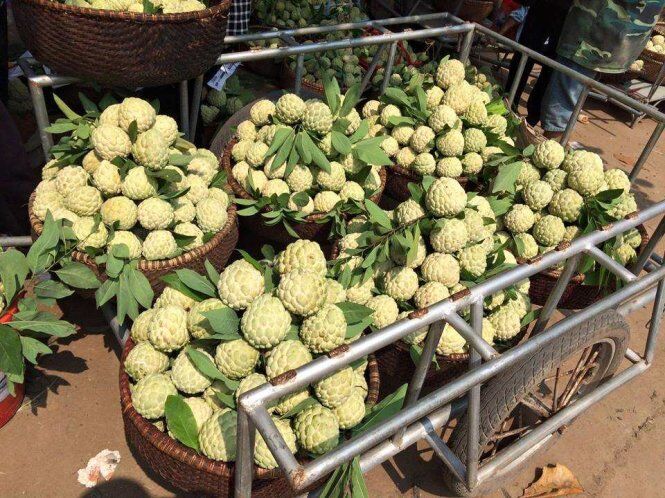
Chi Lang persimmons are not just a popular fruit among consumers but also a source of livelihood for thousands of households in Lang Son. The province boasts approximately 3,300 hectares of persimmon plantations, with Chi Lang district accounting for more than half of that area, cultivating about 1,805 hectares. The annual yield is estimated at nearly 30,000 tons.
What sets Chi Lang persimmons apart is the unique soil and climatic conditions in which they are grown. These persimmons are primarily cultivated on steep limestone mountains, resulting in distinct characteristics: thin skin, few seeds, thick flesh, a delightful aroma, and a distinctive sweet taste with a hint of tanginess. The pristine climate and limestone soil create an ideal environment for the fruit to thrive, earning Chi Lang persimmons a reputation for superior quality compared to those grown in other regions.
The cultivation and harvesting of Chi Lang persimmons is a labor-intensive process. Many persimmon orchards are perched on sheer mountain cliffs, requiring growers to embark on arduous climbs. To transport the fruit down the mountains, a creative solution is employed: a homemade pulley system constructed from bicycle wheels and cables. With each trip, two baskets of persimmons are carefully lowered, and two empty baskets are hauled back up, conserving valuable labor while adding a unique twist to highland persimmon farming.
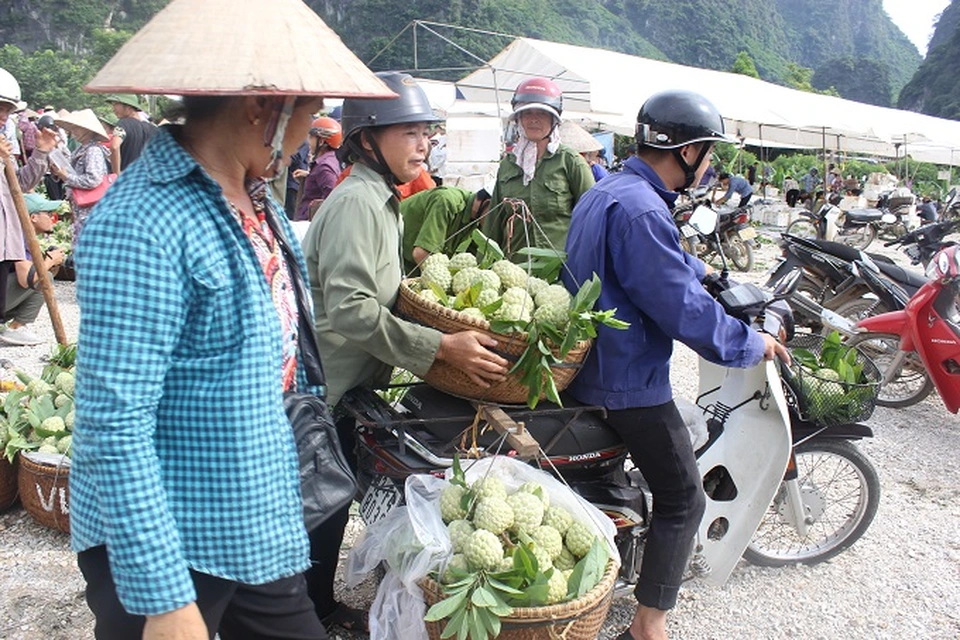
With their exceptional quality, Chi Lang persimmons have gained popularity among consumers both domestically and internationally. This specialty fruit has earned a spot among the top 50 Vietnamese specialty fruits and was awarded the “Golden Brand for Vietnamese Agriculture” in 2017 and 2018. These accolades not only affirm the prestige of Chi Lang persimmons but also open doors to introducing this delicious fruit to the global market.
Additionally, the local authorities have implemented a region-coding system to guarantee the origin and quality of the product. Currently, over 40 hectares of persimmon orchards belonging to 20 households in Lung Than village (Dong Mo town) and Giap Thuong 2 village (Y Tich commune) have been granted region codes. This initiative not only prevents fraud but also aligns with the goal of sustainable agricultural production with traceable origins.
Chi Lang district boasts advantages beyond its agricultural prowess, including a favorable transportation infrastructure. With National Highway 1A and the Hanoi-Dong Dang railway passing through, the region enjoys convenient connections to key economic hubs in the North. The presence of Dong Mo station, a major transit hub, further facilitates the swift transportation of agricultural goods to distant markets.
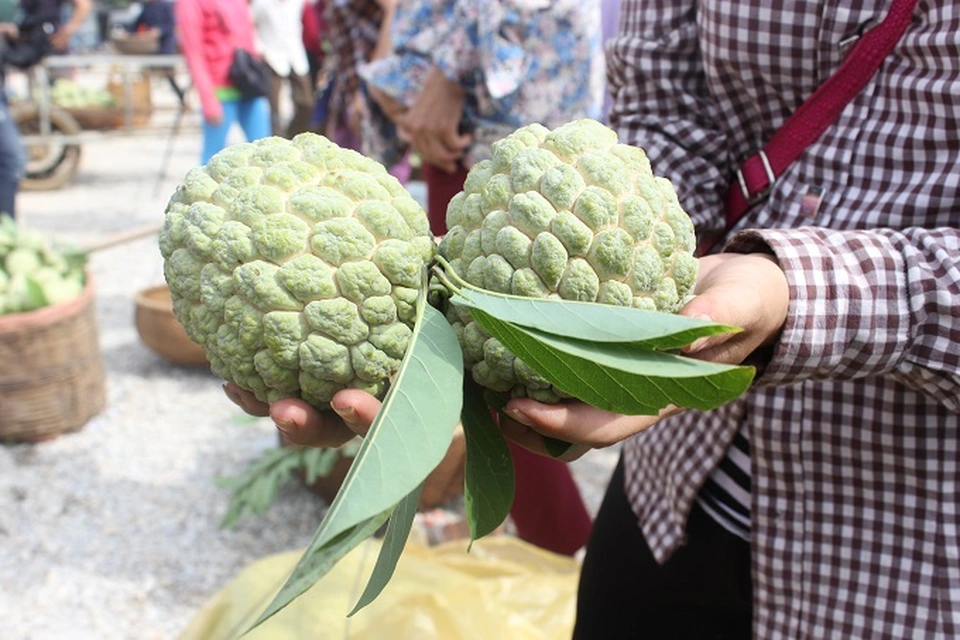
Moreover, the district has been designated as the center for economic and industrial development in southern Lang Son province, particularly in the fields of construction materials production and specialized agriculture. The local government encourages the development of fruit tree cultivation in tandem with rural tourism, with the “persimmon season tourism” and mountain persimmon-picking experiences holding great potential to attract visitors.
The Dong Bang persimmon market is more than just a hub for agricultural trade; it symbolizes the livelihood of thousands of Chi Lang farmers. Each basket of sweet persimmons tells a story of diligence, creativity, and faith in clean agriculture. With the right investment and strategic direction, the Chi Lang persimmon specialty will continue to thrive, solidifying its place on the domestic and international agricultural maps.






























